Real time vs Batch Serving
Real-time and batch serving are two distinct approaches to data processing and analysis. Real-time serving involves the immediate processing of data as it is generated, allowing for instant insights and actions, which is crucial for applications like fraud detection and live analytics. In contrast, batch serving processes data in large groups at scheduled intervals, making it suitable for tasks that do not require immediate results, such as monthly reporting or historical data analysis. Each method has its advantages and is chosen based on specific use cases, resource availability, and the need for timely insights.

Is Real-Time Processing Worth It For Your Analytical Use Cases?
Real-time data pipelines provide a notable advantage over batch processing — data becomes available to consumers faster. In the traditional ETL, you would not be able to analyze events from today…
📚 Read more at Towards Data Science🔎 Find similar documents
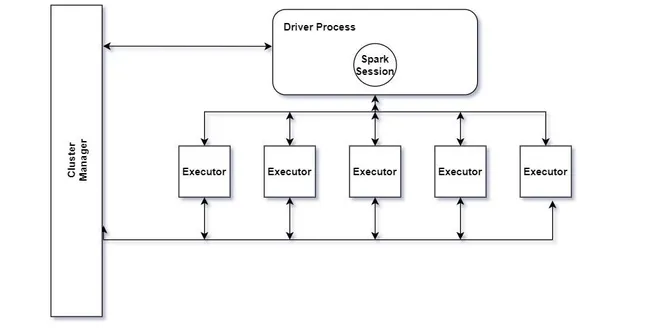
Batch Processing vs Stream Processing
When we encounter systems with large amounts of data, there are 2 main ways we can crunch that data to transform it into something useful for our organisation. One of those approaches is batch…
📚 Read more at Level Up Coding🔎 Find similar documents
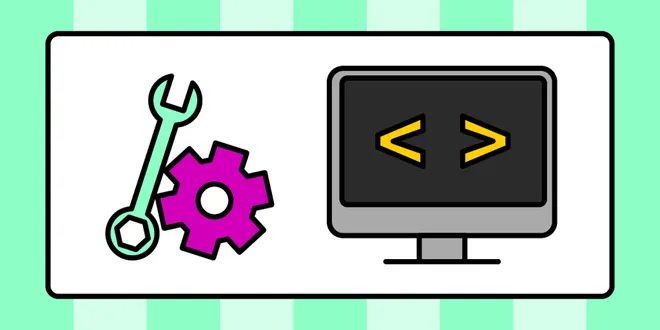
How Modern Inference Servers Supercharge GPU Throughput with Batching
When deploying large language models (LLMs) or embedding models in production, throughput is king. A single request may feel instantaneous, but as traffic scales, the difference between serial executi...
📚 Read more at Towards AI🔎 Find similar documents

The magical fusion between batch and streaming insights
Business needs data driven insights to reach stakeholders and customers as fast as possible and with clearly defined freshness requirements. The Lambda architecture (Marz, 2015) solves these requireme...
📚 Read more at Towards Data Science🔎 Find similar documents
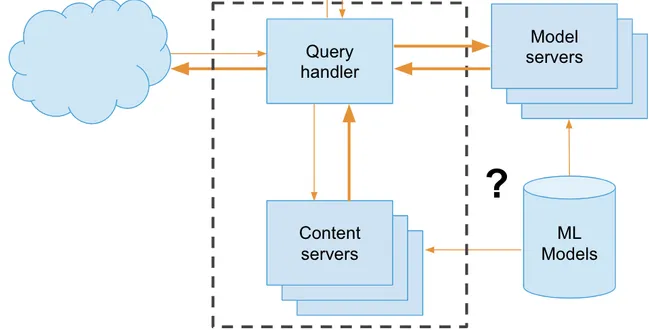
Stateful model serving: how we accelerate inference using ONNX Runtime
Stateless model serving is what one usually thinks about when using a machine-learned model in production. For instance, a web application handling live traffic can call out to a model server from…
📚 Read more at Towards Data Science🔎 Find similar documents

Batch vs. Online Learning: Which Approach Fits Your Machine Learning Needs? (Part 2)
This blog post continues the discussion from my previous blog on batch learning, where I explained how models undergo training on large datasets in one go. In this post, we’ll explore online learning ...
📚 Read more at Python in Plain English🔎 Find similar documents

Batch And Streaming Demystified For Unification
Understand how batch can be considered a subset of streaming and why data engineering should simplify its usage significantly Continue reading on Towards Data Science
📚 Read more at Towards Data Science🔎 Find similar documents
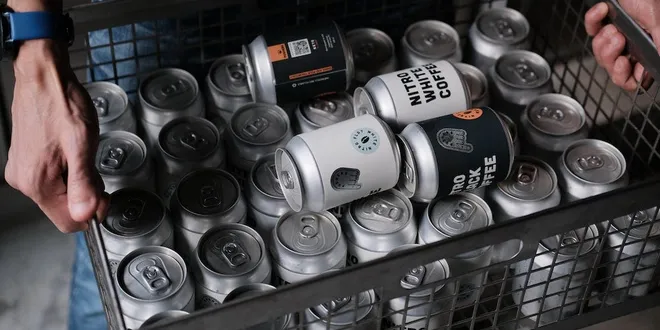
How to Design a Batch Processing?
We live in a world where every human interaction becomes an event in the system, whether it’s purchasing clothes online or in-store, scrolling social media, or taking an Uber. Unsurprisingly, all thes...
📚 Read more at Towards Data Science🔎 Find similar documents
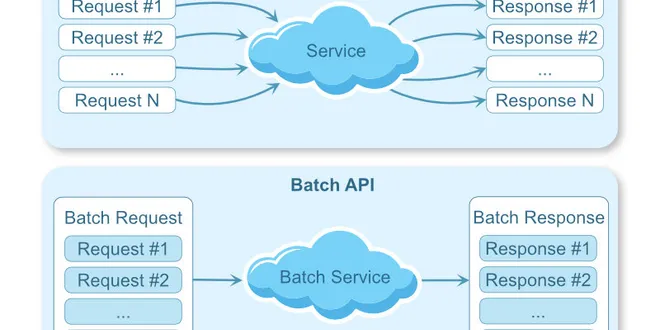
Using Asyncio and Batch APIs for Remote Services
Introduction to Batch APIs In modern Python applications, it's common to access remote API using REST or other web-based technologies. Batch APIs are capable of processing multiple requests with a sin...
📚 Read more at Mouse Vs Python🔎 Find similar documents

Four fails and a win at a big data stack for realtime analytics
Building a user-friendly app to analyze big data in real time (that is, keeping response times below 60 seconds) is a challenge. In the big data world, you’re either doing batch analytics where…
📚 Read more at Towards Data Science🔎 Find similar documents

Do Real-Time Data Pipelines Even Exist?
Sharing a fresh perspective on real-time data pipelines Photo by Djim Loic on Unsplash How often have you heard these terminologies — real-time data pipelines or real-time data processing or real-tim...
📚 Read more at Towards Data Science🔎 Find similar documents

Introduction to Streaming Frameworks
Introduction As data architectures are becoming more and more mature, streaming is no longer considered a luxury but a technology with a wide range of applications across different industries. Because...
📚 Read more at Towards Data Science🔎 Find similar documents

